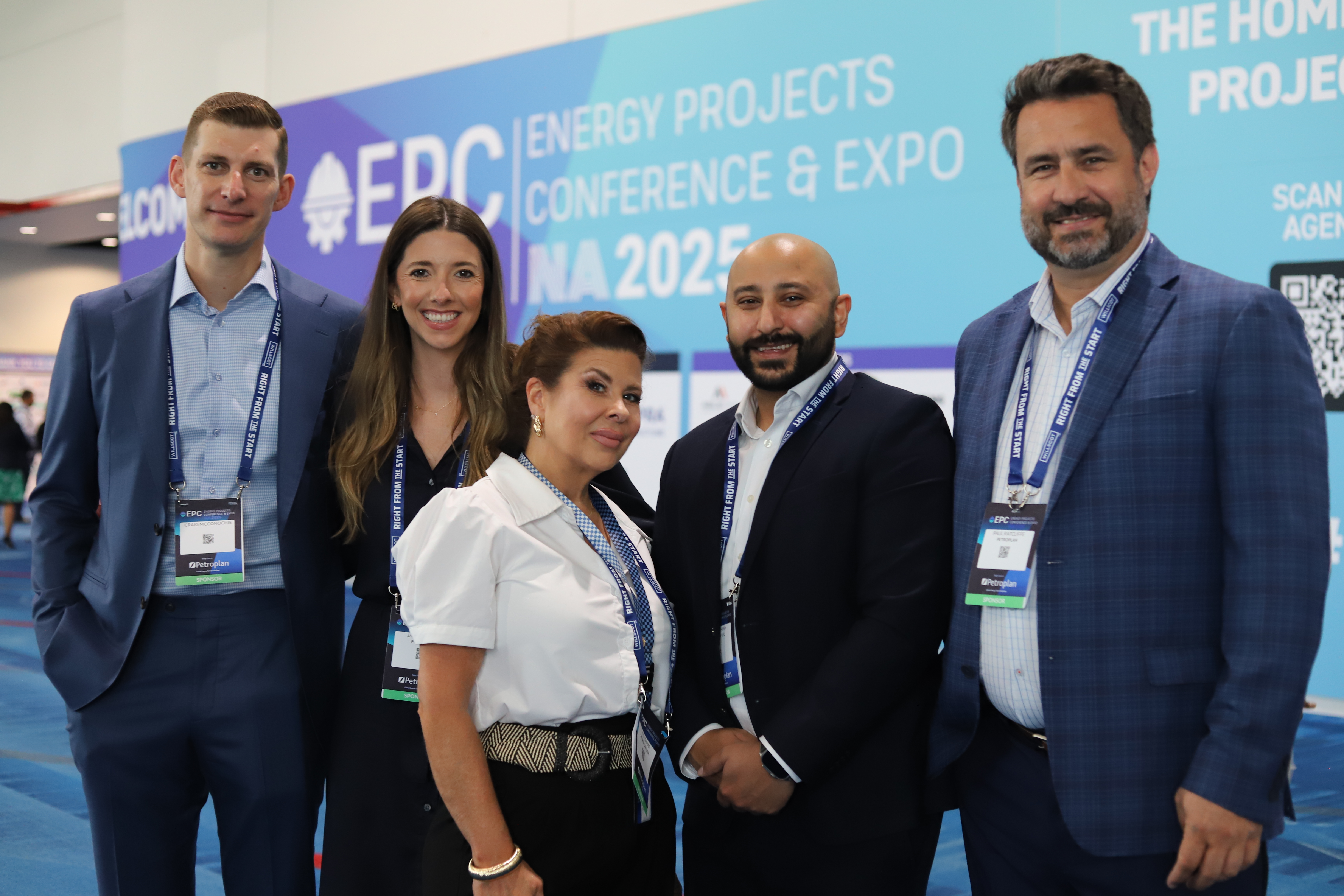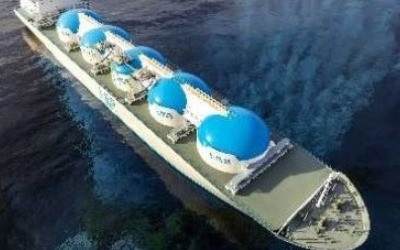October 14, 2022

The energy sector has long been a leader in graduate employment. As the transition to renewable energy gathers pace, energy companies, now more than ever, are looking to young talent to spearhead the shift to a more sustainable future.
Global energy investment is set to increase a further 8% in 2022, with the long-term picture of an industry characterised by consistent growth. This makes the energy sector one of the most exciting and attractive industries for graduates at the start of their career.
Below, we’ve gathered some tips and insights from our specialist consultants for graduates interested in a career in the energy industry. But before we get into that, here’s a brief overview of the global energy sector in 2022.
The energy sector: an overview for graduates
The global energy industry is at a point of profound change. Historically, the oil & gas sector has been the industry’s biggest employer, with a wide range of roles available to graduates including engineers, technicians and surveyors.
The transition to clean energy is set to create millions of new jobs in renewable energy. According to a study published in One Earth, the total number of energy jobs will rise from 18 million in 2021 to 26 million in 2050, with as many as 84% of these to be made up by renewable energy jobs.
Beyond these sectors, graduates could also consider a career in the technology and commercial sectors. Many energy jobs, especially those in natural resources and renewable energy technology, are technically complex and require postgraduate qualifications.
As a consequence of the likely high demand for talent, graduate energy jobs tend to offer some of the highest starting salaries of any industry. According to a study from the Institute of Student Employers, the average starting salary in the UK’s energy industry is £28,000 – the fifth highest of any industry.
Lucrative starting salaries and a rising demand for young talent to lead the development of renewable energy technology make a career in the energy industry an incredibly exciting prospect for graduates.
Finding the right role
As a graduate, the first step is to consider which energy sector jobs appeal to your skills and interests, whether it's a job in the renewable energy sector or a business development role based in an office. In many cases, your degree will steer you towards a particular pathway.
At such an early stage, however, your career is not set in stone; many employers will encourage you to develop skills in other areas, so don’t be afraid to apply to energy sector jobs that may not be perfectly aligned with your degree. You can get an idea of the roles available on our jobs page.
Many energy companies have employment initiatives in place, such as industry placements and graduate schemes, to support the transition of graduates into the workplace. These are well worth exploring in greater detail once you’ve found a job role that interests you.
Building your skills and experience
When you’ve determined the role that's right for you, you can begin working towards it by building your relevant skills and experience. This could be through a paid role, work placement, training programme, further education or even industry events and conferences.
A combination of soft and hard skills is key to a successful energy career. Along with technical skills specific to the job role, the top five soft skills to focus on, according to a study from think tank Rank, are active listening, critical thinking, speaking, reading comprehension and monitoring.
Another thing that cannot be understated is the importance of networking. In the energy industry, personal connections often lead to employment. By registering with a trusted talent partner like Petroplan, candidates can also access a range of exclusive career opportunities.
Putting together a winning application
With enough knowledge under your belt, you can start applying for jobs. As a graduate, look for entry-level energy jobs or graduate energy jobs that closely align with your skillset. A permanent role is likely to provide a greater sense of structure compared to contract work, which is especially important in a first job.
For every application you submit, make sure to personalise your CV and cover letter to the specific requirements of the role. We go into greater detail about how best to structure your CV and provide CV formatting tips elsewhere on the blog.
Before an interview, do your research on the employer and be prepared to discuss both your technical capabilities and cultural competence. Preparing for a virtual interview requires a slightly different approach – test your technology before the call and make sure to stay visibly engaged throughout.
Once you’ve secured your first role, commit yourself to continued training and development. Many employers will offer the chance to reskill or upskill, especially as businesses pivot increasingly to renewables. Making using of these opportunities can only enhance your employability.
Champions of young talent
Petroplan has been helping graduates kickstart their career in the energy sector for more than 45 years. We recruit for a wide range of entry-level energy jobs and graduate energy jobs around the world, and our experienced consultants know exactly what it takes to secure that first role in the industry.
Register with Petroplan today for instant access to a wide range of exclusive jobs in renewable energy, natural resources and infrastructure as well as expert advice from the industry’s best recruiters.






You can also use your social account to sign in. First you need to:
To connect your social account you must Acknowledge the Terms & Conditions and Privacy Policy